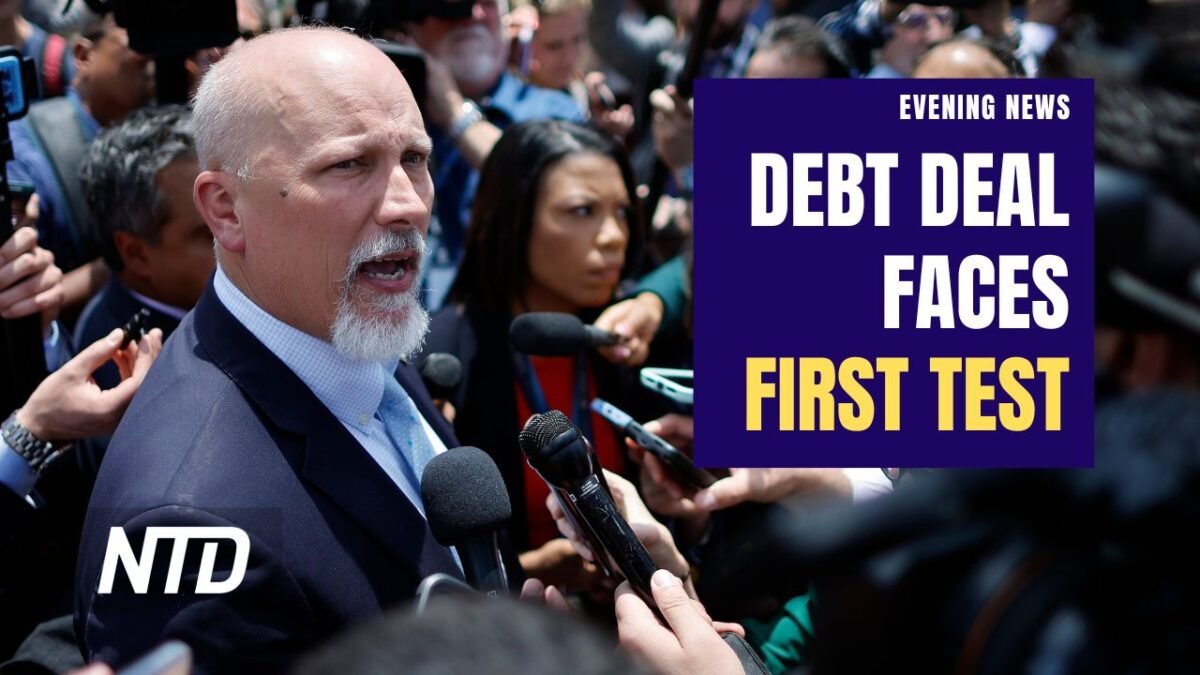Non-Profit Hospitals Made Huge Profits During Pandemic While Receiving $23 Billion in Federal COVID-19 Aid: Report
Federal officials gave more than $23 billion COVID-19 aid to the nation’s top 20 nonprofit hospitals even as a 62 percent increase in their collective net assets led parallel surges in the institutions’ total profits and revenues during the 2018-2021 time period spanning the Coronavirus pandemic, according to a new report.
Only two of the 20 institutions have repaid the government for the COVID-19 aid they received.
“The 20 largest nonprofit hospitals in the country continued making massive profits while their cumulative net assets soared to $324.3 billion in 2021, up from $200.6 billion in 2018. The year 2021 is the latest year available for cross-comparison purposes.
“Those hospital systems received congressional COVID bailouts of $23 billion and only two providers partially paid their COVID bailout back,” said the report compiled by Open The Books, an Illinois-based research nonprofit that compiles and posts spending by all levels of government in America. The two institutions that have partially repaid the government were not identified.
The biggest jump among the top 20 was 92 percent by the Mayo Clinic, based in Rochester, Minnesota, whose assets went from $9.2 billion in 2018 to $17.7 billion in 2021. The Mayo Clinic received $350,000 in federal COVID-19 aid, the lowest amount received among the top 20 institutions.
The Cleveland Clinic Health System, based in Independence, Ohio, saw its assets go up 60 percent, from $9.8 billion to $15.7 billion, while receiving $118 million in federal COVID-19 aid. Intermountain Healthcare, based in Salt Lake City, Utah, the 12th largest of the top 20, enjoyed a 63 percent growth in net assets from $7.1 billion to $11.6 billion. Intermountain received $518 million in aid.

Seeing a 43 percent jump in net assets between 2018 and 2021 was the Northwestern Medicine system, moving from $8.3 billion to $11.9 billion, and receiving $419 million in COVID-19 aid from federal officials. The Indiana University Health System went from $7 billion in 2018 to $10.3 billion in 2021, a 47 percent increase. The Indiana facility received $726 million in COVID-19 assistance from the government.
And as the revenues poured in for the 20 hospitals, compensation for their top executives soared, often beyond $10 million annually, according to the report.
For example, the chief executive officer (CEO) of Ascension Healthcare, which is based in St. Louis and is the nation’s second-largest such system, received $13 million in 2021 and a total in excess of $22 million for the period covered by the study.
The recipient among the top 20 of the most COVID-19 aid was San Francisco-based CommonSpirit Health with $3.6 billion, followed by Providence St. Joseph Center with $3 billion, Ascension Healthcare with $2.7 billion, Livonia, Michigan-based Livonia Health with $2.3 billion and Sutter Health, based in Sacramento, California, with $1.7 billion.
But the overall health of Americans headed downward between 2018 and 2021.
“American life expectancy during this period sharply declined by a staggering 2.5 years from 2019 through 2022. While ‘comparable country averages’ rebounded from a COVID-related drop in 2021, the United States continued declining in life expectancy,” the report found.
“Yet, the cost of health care is still astronomically high, as the average family paid $22,463 in health insurance premiums in 2022. That does not include out-of-pocket costs like co-pays and deductibles, which can be thousands more. This has led to medical debt for about 100 million Americans,” the report continued.
Medical Price Transparency Ratings
The report also pointed to an analysis by the Patient Rights Advocate (PRA) that found only 16 percent of the nation’s 2,000 hospitals were in compliance in August 2022 with a rule promulgated by President Donald Trump in 2020 and finalized in January 2021 by the Biden administration requiring the public posting of all prices for procedures and related expenses. When the PRA report was updated in February 2023, compliance had only increased to 22 percent.
The only one of the top 20 systems that compiled a 100 percent compliance rating was Mass General Brigham, based in Somerville, Massachusetts. The only other system with a compliance rating above 90 percent was Sutter Health at 92 percent.
The Mayo Clinic received a 54 percent compliance rating, while the Cleveland Clinic got a 59 percent rating. Intermountain was rated at 50 percent compliance, Northwestern was at 75 percent, and Indiana University was at 67 percent.
The lowest rated healthcare systems among the top 20 for compliance with the federal price transparency requirement were New York Presbyterian Healthcare, Texas Health Resources, UMPC-University of Pittsburgh Medical Center Group, Houston Methodist, Providence St. Joseph, and Bon Secours Mercy Health, all with zero percent.




